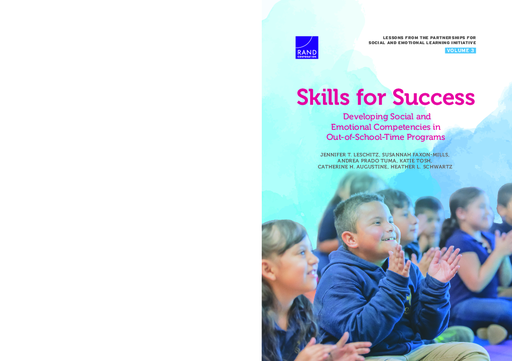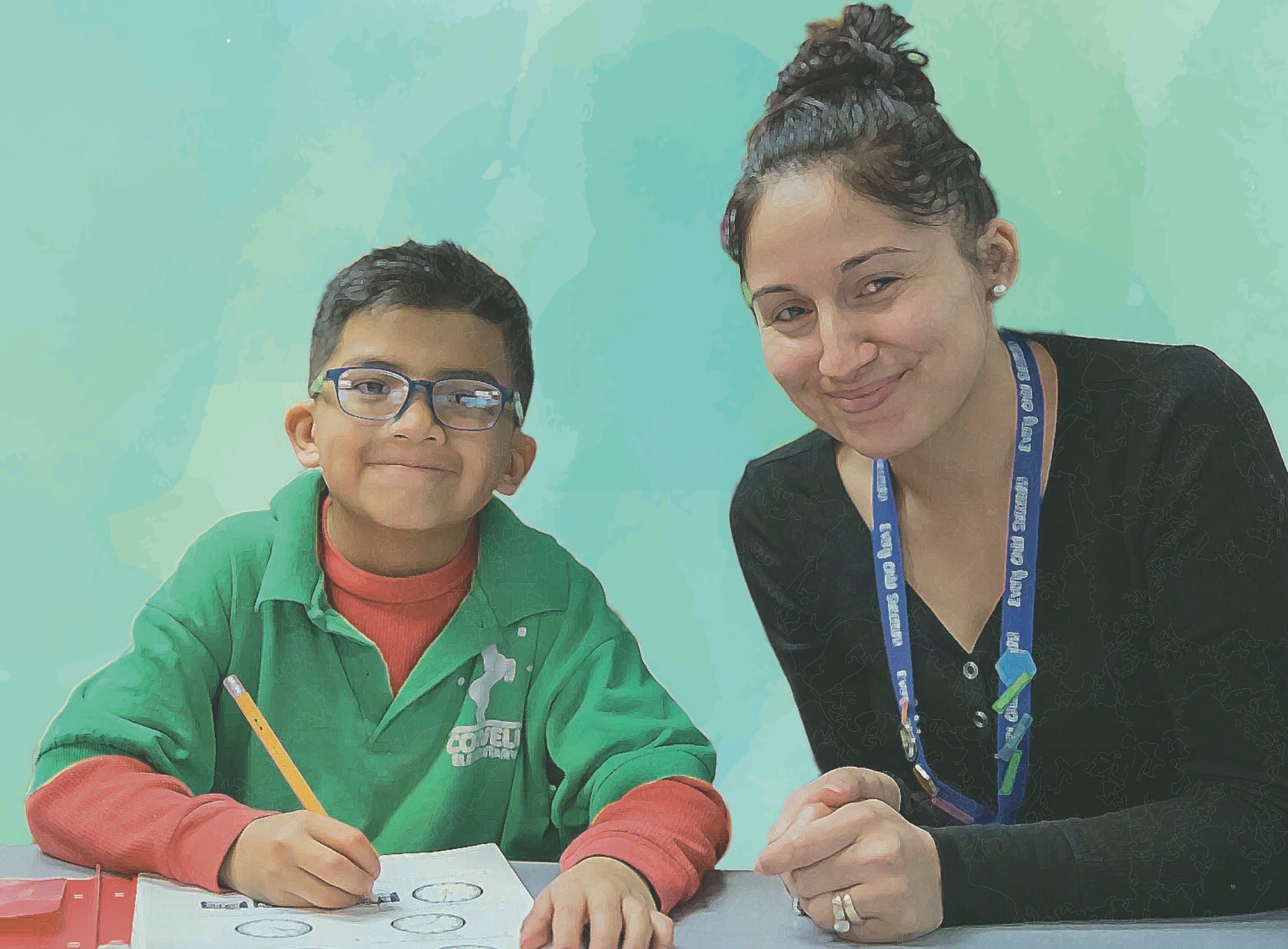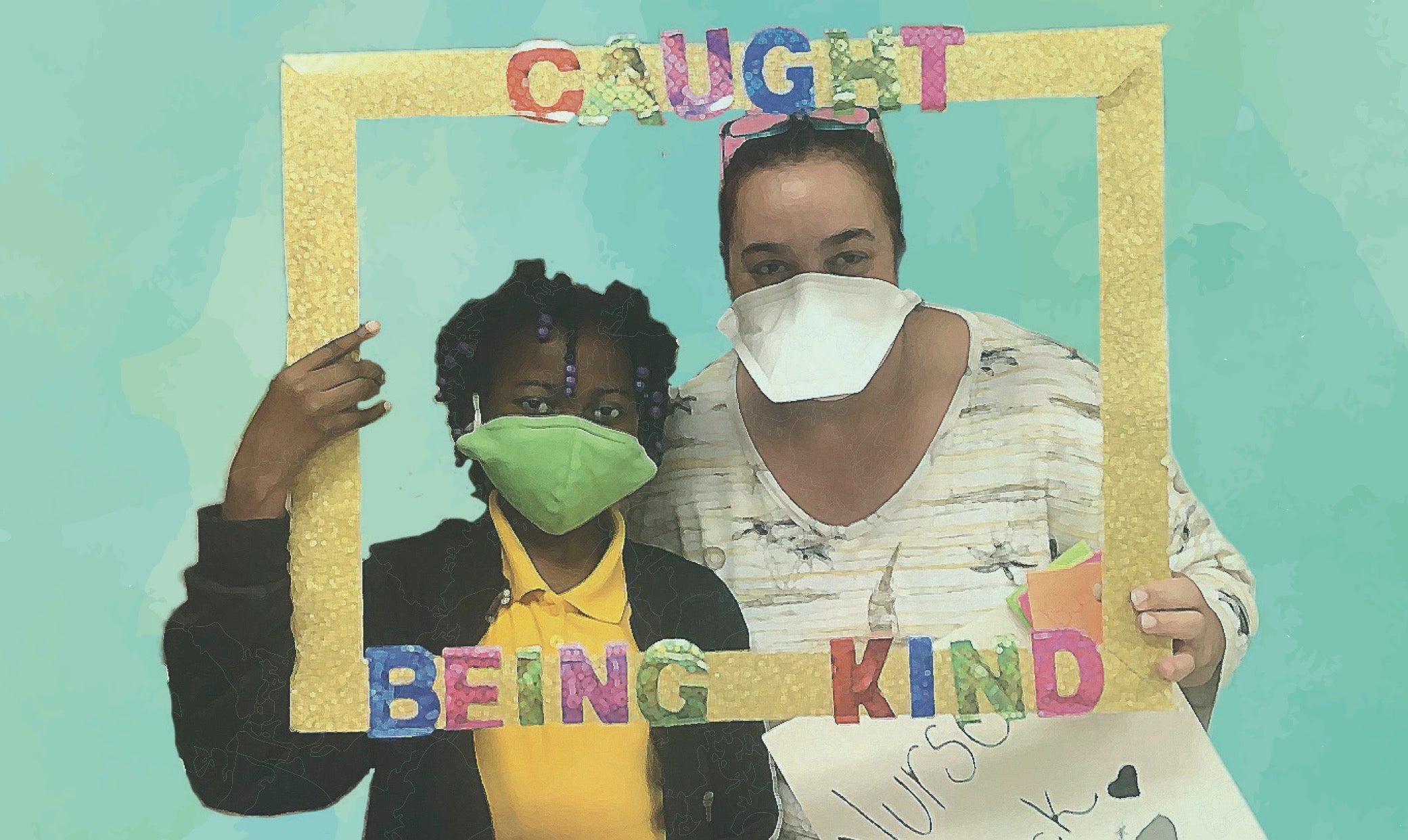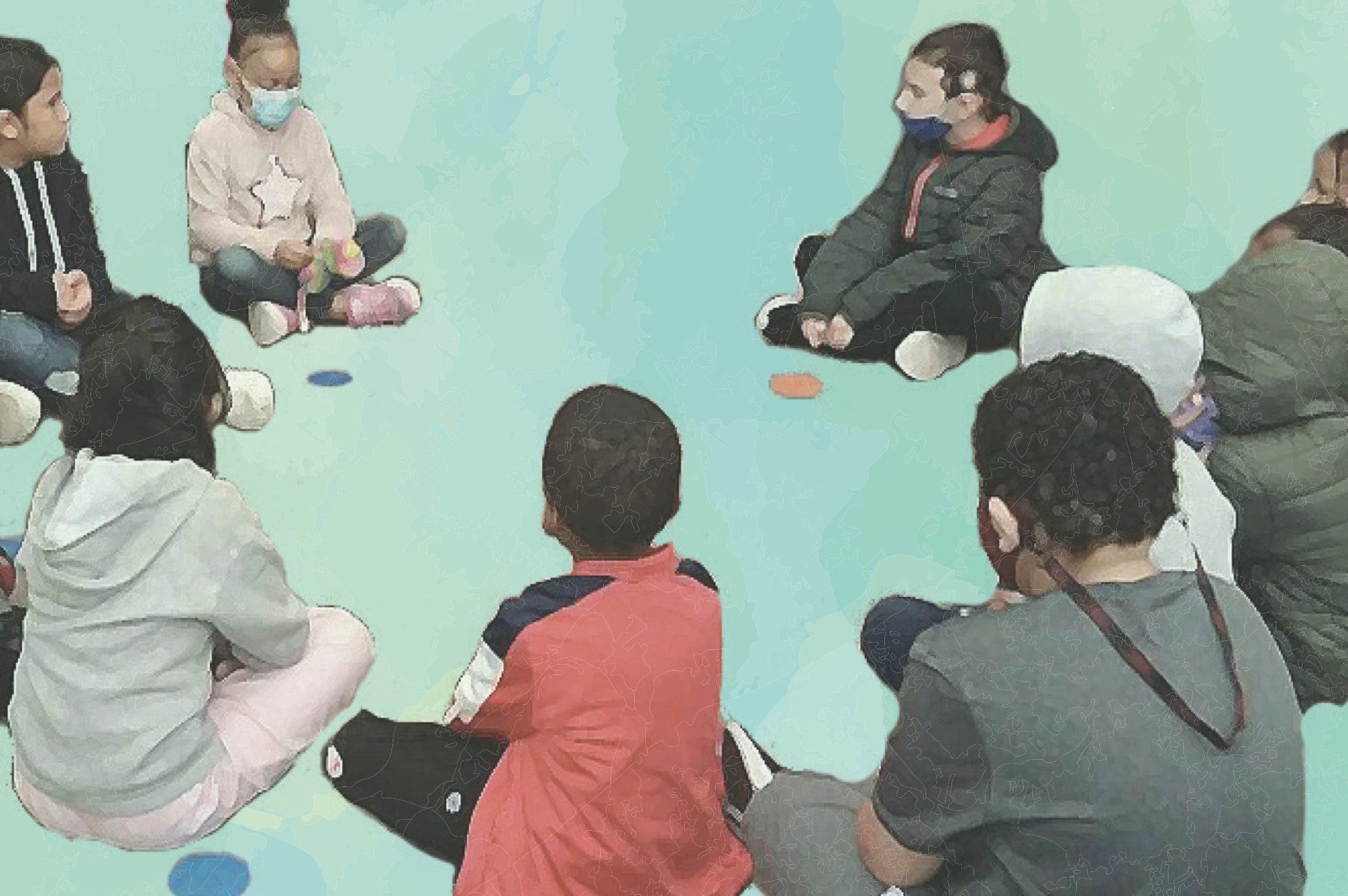Breadcrumb
- Wallace
- Reports
- Skills For Success Developing...
Skills for Success
Developing Social and Emotional Competencies in Out-of-School-Time Programs

Summary
How we did this
RAND Corp. researchers drew from an extensive set of data. It included surveys, interviews, observations, and document reviews from more than 100 out-of-school-time programs (primarily afterschool programs) across six communities—Boston; Dallas; Denver; Palm Beach County, Fla.; Tacoma; and Tulsa—participating in The Wallace Foundation’s Partnerships for Social and Emotional Learning Initiative.
Out-of-school-time (OST) programs have long focused on social and emotional development. It’s seen as part of their mission to build a culture of connectedness among young people and positive relationships between youth and adults.
What’s more, research demonstrates that high-quality, evidence-based social and emotional learning programs for young people are associated with many positive outcomes. They include improved behavior, attitudes, and academic performance.
This report provides research-based tips and recommendations to help OST providers and intermediaries that support them include high-quality social-emotional instruction in their programs. An intermediary is an organization that works with other groups, such as city agencies, funders, and schools, to create more and better OST experiences for young people.
Recommendations
The authors offer the following recommendations for OST leaders:
Phase in instruction over time. Start with a few short rituals—such as warm welcomes in the morning and emotion check-ins. Then add moments of social-emotional instruction into regular program activities and graduate to stand-alone lessons on social-emotional topics. This approach also allows OST instructors to develop experience teaching social-emotional skills over time.
Deliver social-emotional learning professional development opportunities throughout the year. Begin with a longer kick-off training and follow up with short sessions. They should all include opportunities for adults to develop, model, and practice social-emotional learning skills. Also:
- Create written onboarding materials
- Offer training sessions that are easy to attend and differentiate between new and experienced OST staffers
- Repeat these trainings throughout the year
- Pay staffers for taking part.
These actions can encourage attendance and help address the ongoing challenge of training a workforce that has high rates of turnover.
Engage families using more than one form of outreach. To share information about social-emotional learning with families and guardians, use multiple means of communication, such as program calendars, websites, email, bulletin boards, and in-person contact. Some OST programs also had success including families in SEL-themed activities at family nights and providing social-emotional learning activities for families to try at home.
Track SEL activities as part of a continuous quality improvement cycle. Start by collecting a narrow set of data and reviewing it in a recurring cycle that leads to steps for program improvement. Develop clearly defined social-emotional learning goals that can help programs and intermediaries identify areas of focus and the data needed to address them. Action plans and regular meetings for reviewing data can help programs foster accountability.
Intermediaries and other organizations can work with programs that need support. Intermediaries can help fill gaps in the capacity of OST programs to carry out social-emotional learning efforts. They can develop social-emotional learning lessons for OST instructors, help lead a continuous quality improvement process, or create a professional development schedule for social-emotional learning training.

Research demonstrates that high-quality, evidence-based SEL programs are associated with positive outcomes, including improved behavior, attitudes, and academic performance.
Key Takeaways
- This report provides research-backed tips for incorporating high-quality social and emotional learning (SEL) instruction into out-of-school-time ( OST) programs.
- Phasing in SEL activities over time gives OST instructors a chance to get up to speed.
- Provide staff with professional development opportunities in SEL throughout the year.
- To share information about SEL with families and guardians, use multiple means of communication, such as program calendars, websites, and in-person contact.









